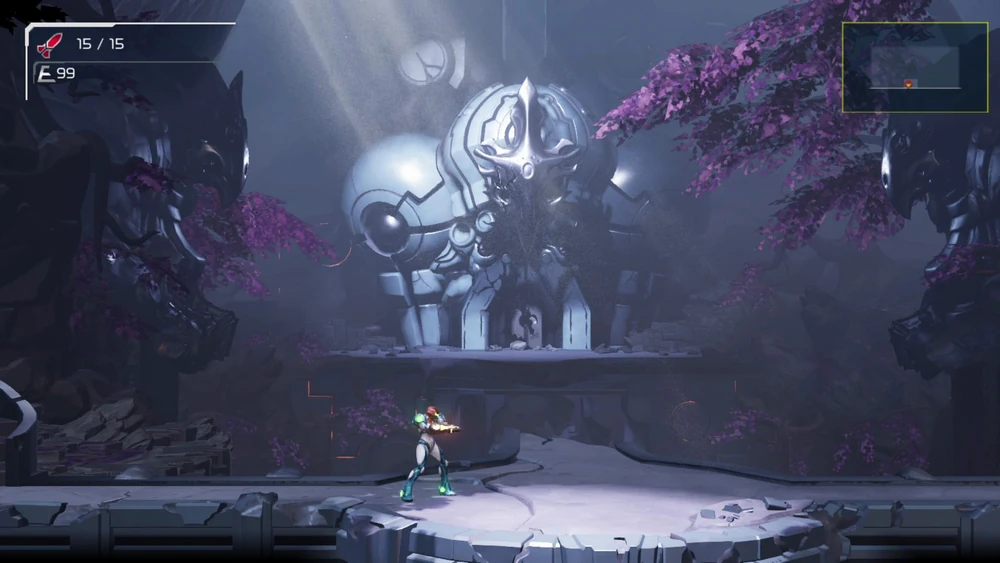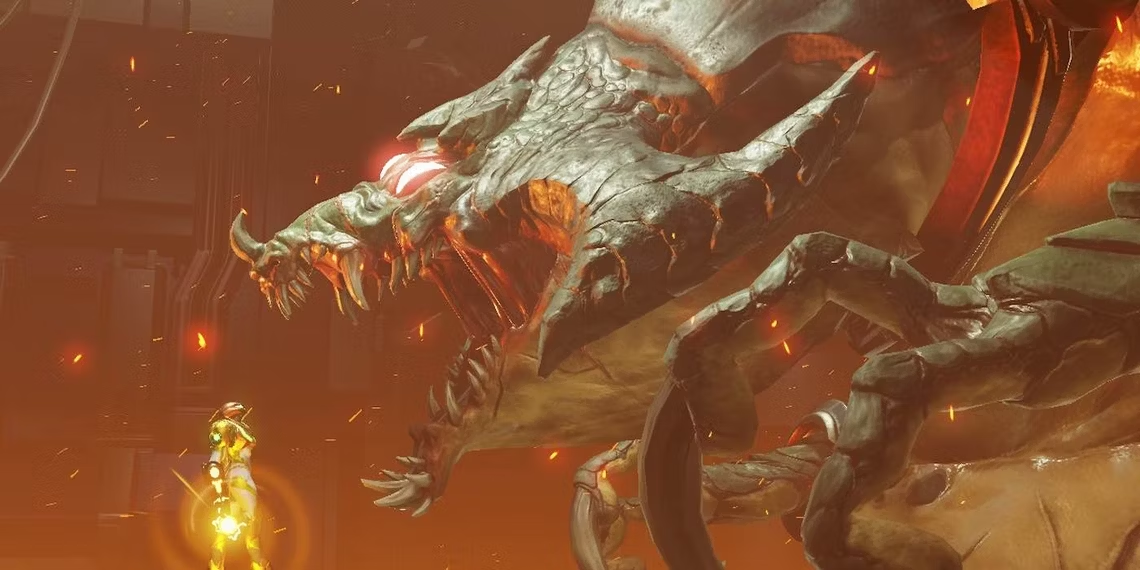Synopsis
Start Date: 02/02/2021
Finished Date: 12/02/2024
Completion Date: 02/03/2024
Completion Difficulty: 3/10
Overall Ranking: 8
Just beat Metroid Dread, and wow, what a ride! Let me preface this review with a little Metroid Dread confession: I actually played it twice-ish. Back in 2021, I got about 60% through, but then… major bummer… lost my save file. Big sad! So, jumping back in recently felt fresh, even though I remembered some parts. Time does wonders, huh? Turns out messing around with my Switch’s ahem hacking scene and updates can lead to data disasters. Oops!
Confession time: I wouldn’t call myself a die-hard Metroid fan. Sure, I know the franchise and love Metroidvania games (Hollow Knight is a masterpiece!). But I’d never actually played a Metroid title, 2D or 3D. So, Metroid Dread was my first hands-on experience - and let me tell you, it was a blast! The game absolutely nails the progression curve, which is key for this genre. It’s incredibly rewarding to see how your abilities expand as you explore.
But enough about my misfortunes and confessions, let’s dive into the actual review!
Okay, so this first play through was a while ago, so don’t really recall much, but I do remember being hooked into it, playing it mostly on my free time.

Stripped of your powers in the game’s opening encounter, you find yourself stranded in Artaria, the lowest region of planet ZDR. The art style is stunning, with a dark atmosphere and detailed environments that perfectly complement the capabilities of the Nintendo Switch. As you explore Artaria, you’ll encounter remnants of the Chozo, the once-thriving inhabitants of ZDR. While they appear extinct, a sense of mystery lingers, hinting at potential discoveries.
Metroid Dread stays true to its Metroidvania roots. You’ll encounter areas that initially seem inaccessible. As a completionist, you might instinctively search for ways to reach them immediately, but patience is key. These areas can only be accessed later with new abilities. The core gameplay loop revolves around acquiring upgrades. By exploring and defeating enemies, you’ll unlock new powers that allow you to progress further. Occasionally, overcoming a boss is a prerequisite for advancement, but most progression hinges on finding the missing upgrade.

Metroid Dread starts by limiting your mobility, creating a sense of vulnerability. This deliberate design choice is fantastic. As you progress and acquire new abilities, your movement options expand dramatically. By the end of the game, you’ll be a master of your environment, effortlessly zipping through zones and dispatching enemies with newfound power.
Now, let’s delve deeper into the game’s progression. Metroid Dread is split into eight major areas, each with a distinct environment and purpose within the Chozo society. We have Artaria, Dairon, Cataris, Burenia, Ghavoram, Ferenia, Elum, and finally Hamubia. There’s also Itorash, but it’s a minor area.
Each area also features an E.M.M.I. zone, where, unsurprisingly, an E.M.M.I. robot patrols. These robots are practically immortal, so your only choices at the start are to run away or hide. This creates a tense gameplay loop in these zones. You must navigate through them to progress, and the constant threat of the E.M.M.I. finding you quickly turns into a full-on “run for the hills” event. While you can eventually handle them, each encounter requires a specific setup. Even then, defeating them becomes another distinct gameplay challenge.
To avoid spoilers, I won’t discuss the ending or final boss. However, the final boss fight is a well-designed challenge that makes you utilize most of your acquired arsenal. It serves as a satisfying test of your abilities.
Post-game Activities
Post-game cleanup was a breeze! While I rarely used the Shinespark during the main campaign, it became essential for the secret collectibles. Reaching most of these hidden items required precise maneuvering: charging the Shinespark in one area, maintaining the charge, and chaining Shinespark activations to reach the collectible. This added a fun puzzle element to exploration. However, I must admit that I resorted to online guides for some of the more challenging collectibles.
That said, with the help of an online map and some additional assistance for the tougher collectibles, it took me about 6 to 10 hours to 100% the map. Without these aids, I imagine it would have taken considerably longer. The reward for completing the map is a collection of gallery pictures, which while underwhelming, are still a nice addition.
Recommendation
Absolutely! Metroid Dread is a blast to play and offers a deeply rewarding experience. I found myself wanting to jump back in just a couple of months after finishing it (almost did, actually!). Completing the game for 100% is also quite achievable, so if that’s your aim, you can rest easy.
Overall, Metroid Dread is a solid 8/10 in my book.